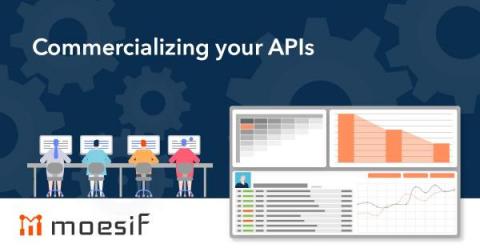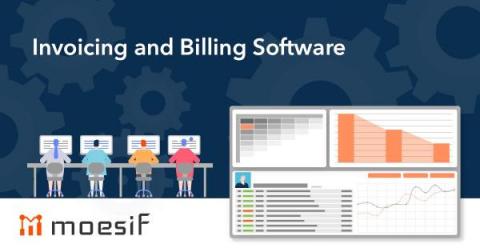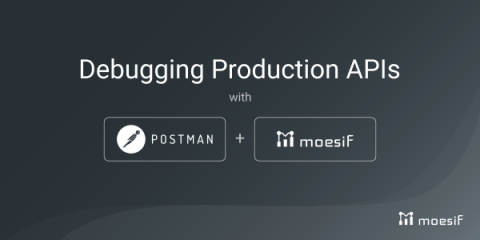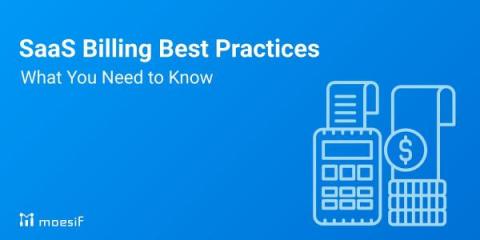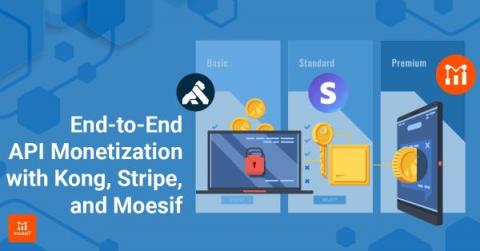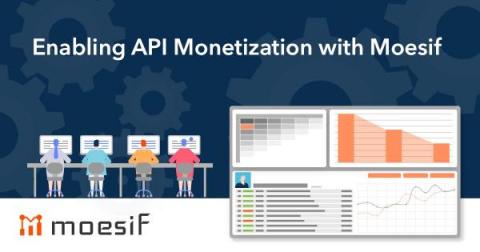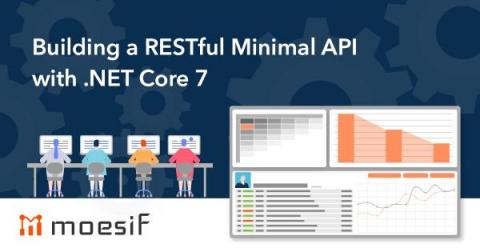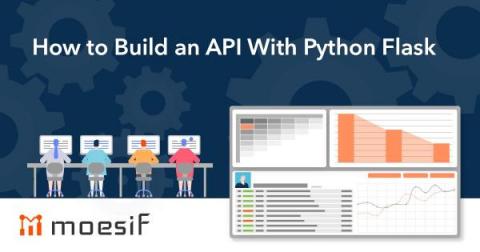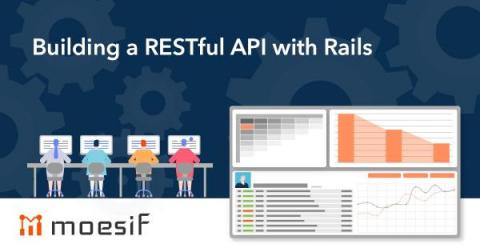Commercializing your APIs
No go-to-market strategy is complete without having a way to generate revenue from your product. APIs are no different. Indeed, in today’s flourishing API economy, you have a great opportunity to unlock revenue and really make your API work for you. All you need is a sound strategy to commercialize your API product and the right tools to support your monetary goals.


